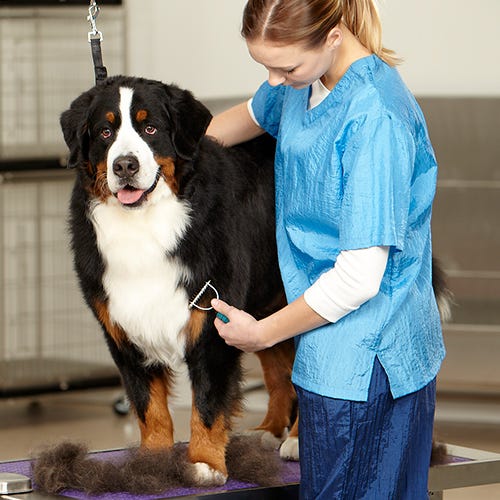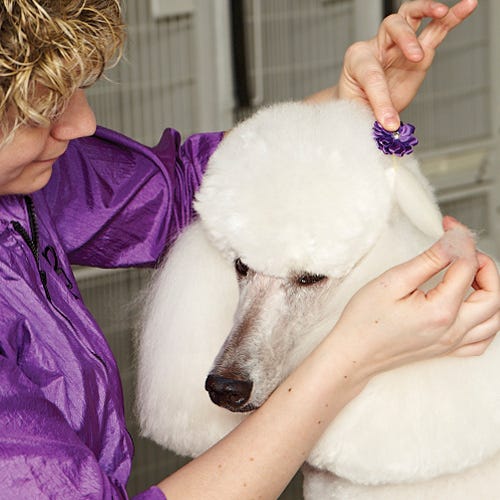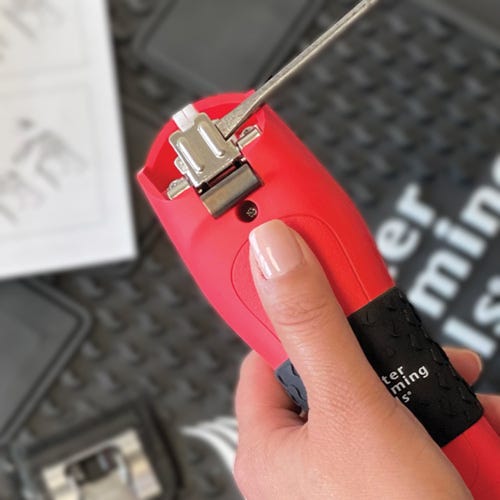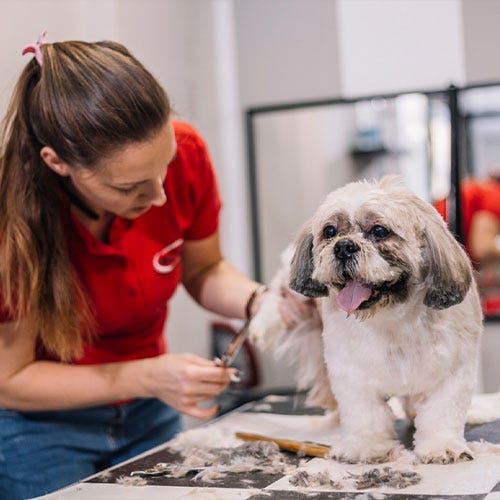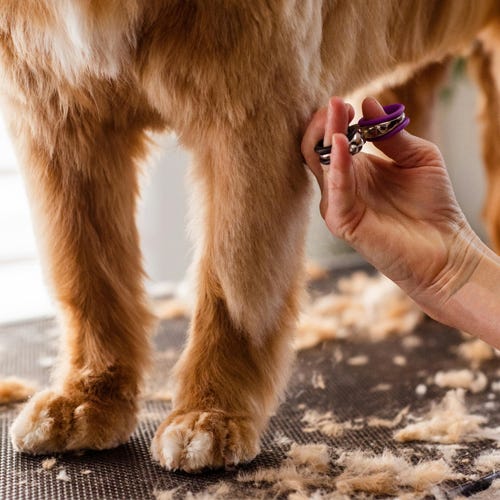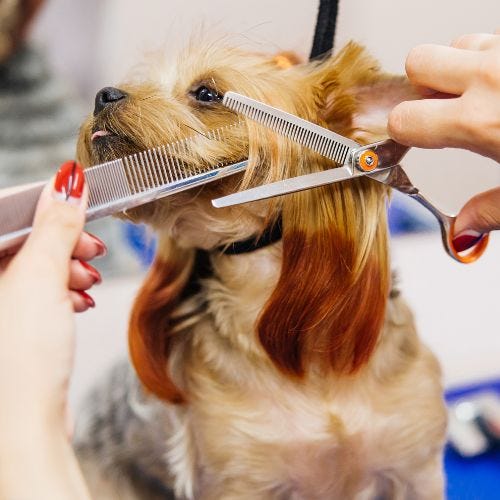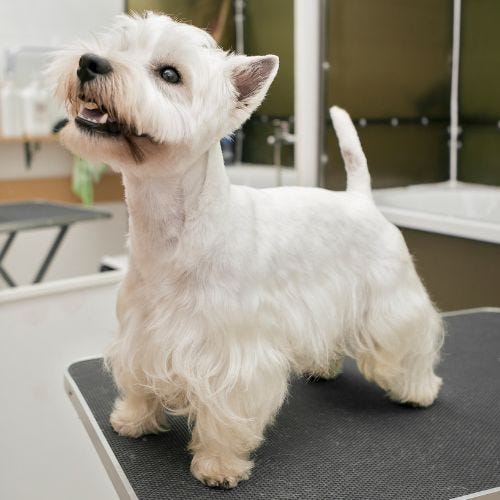Dematting pets has been a controversial topic in the pet industry and with good reason. Dematting causes further damage to coats that are already in bad shape from being tangled, can cause irritation or even injury to the pet’s skin, and, most importantly, is painful to the pet.
Back in the bad old days, it was common for groomers to brush out badly tangled dogs on request. I remember slicing through heavy, damp mats the size of tennis balls on cockers that had not seen a brush in months. It wasn’t pretty, and I am glad that times have changed. Today’s groomers quickly educate customers that neglected coats must be clipped short. However, we often need to detangle small areas on pets, and having the right tools, products, and techniques makes the process easier, safer, and more comfortable for the animals.
Working on clean, conditioned coats will give the best results. Dirt, dust, dander, and sebum in an unwashed coat work against us if we try to brush tangles out by basically “gluing” the hair shafts together. Choose products designed to help loosen mats and smooth coats for best results.
While the coat is still damp from the bath, spray the tangled area well with a detangling spray. After drying, spray on a bit more. Using a firm slicker brush, work on the matted area using a “pat and pull” motion. This will allow the brush bristles to penetrate the mat and gently separate them. If the matted area is very thick, you can break it up with a dematting tool. Reducing the mat size with a tool like this will make it easier for the slicker brush to do its job. Keep working with the slicker until the tangle is removed. Check the area with a good comb. Once a comb can easily pass from the skin to the tips of the coat, you can be sure the tangle has been completely removed. Combs are not detangling tools, but they work perfectly to show you where more brushing is needed.
When a pet’s coat has been allowed to become matted and has been mechanically dematted by the groomer, the hair shafts will be damaged and more prone to tangling again. Trimming the area up a bit to remove some of the blemished ends will help prevent the fur from becoming quickly matted again. Of course, the pet owner should be educated on proper coat care at home and encouraged to bring the pet in for frequent, regular appointments.
Groomers joke that a 7F blade is the best dematting tool and that one-liner is based in truth when presented with large areas of tangled coat, but having the skill set and tools to work out small areas of matted fur without injuring the pet is a must.
By Daryl Conner, MPS, MCG
Daryl Conner has been devoted to making dogs and cats more comfortable and beautiful for almost 40 years. You can find her happily working at FairWinds Grooming Studio with her daughter and infant granddaughter, or typing away at her latest grooming-related article. Daryl was awarded both a Cardinal Crystal Award and Barkleigh Honors Award for journalism. She shares her meadow-hugged antique Maine farmhouse with her practically perfect husband and too many animals.


